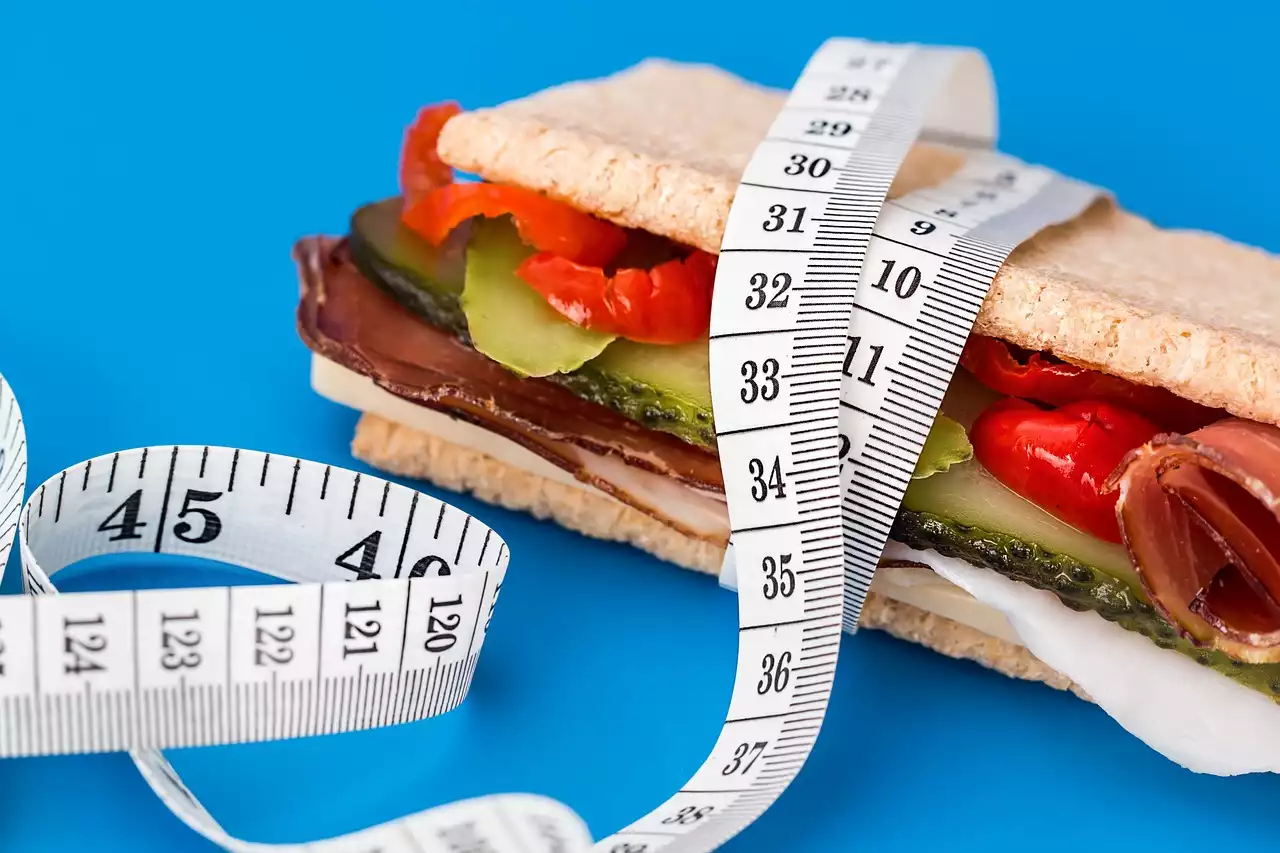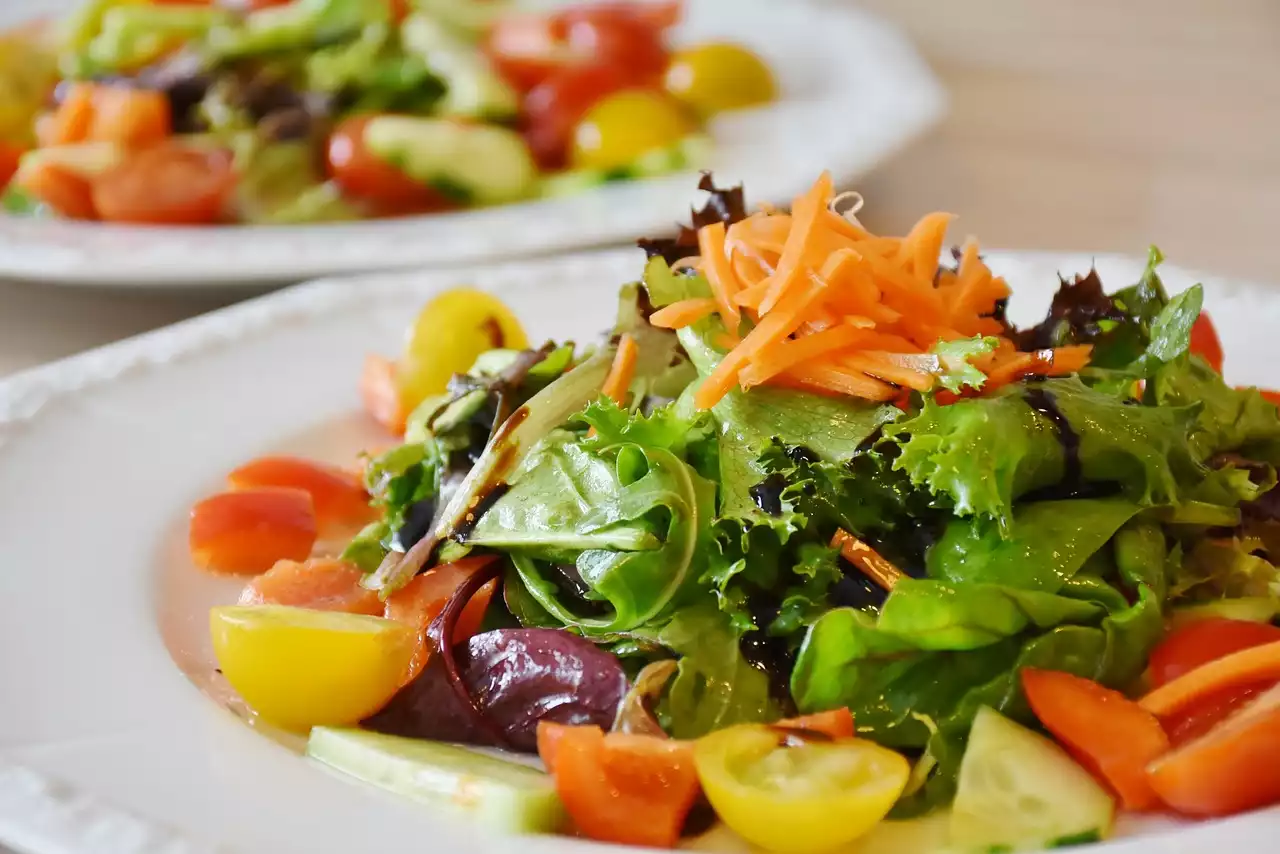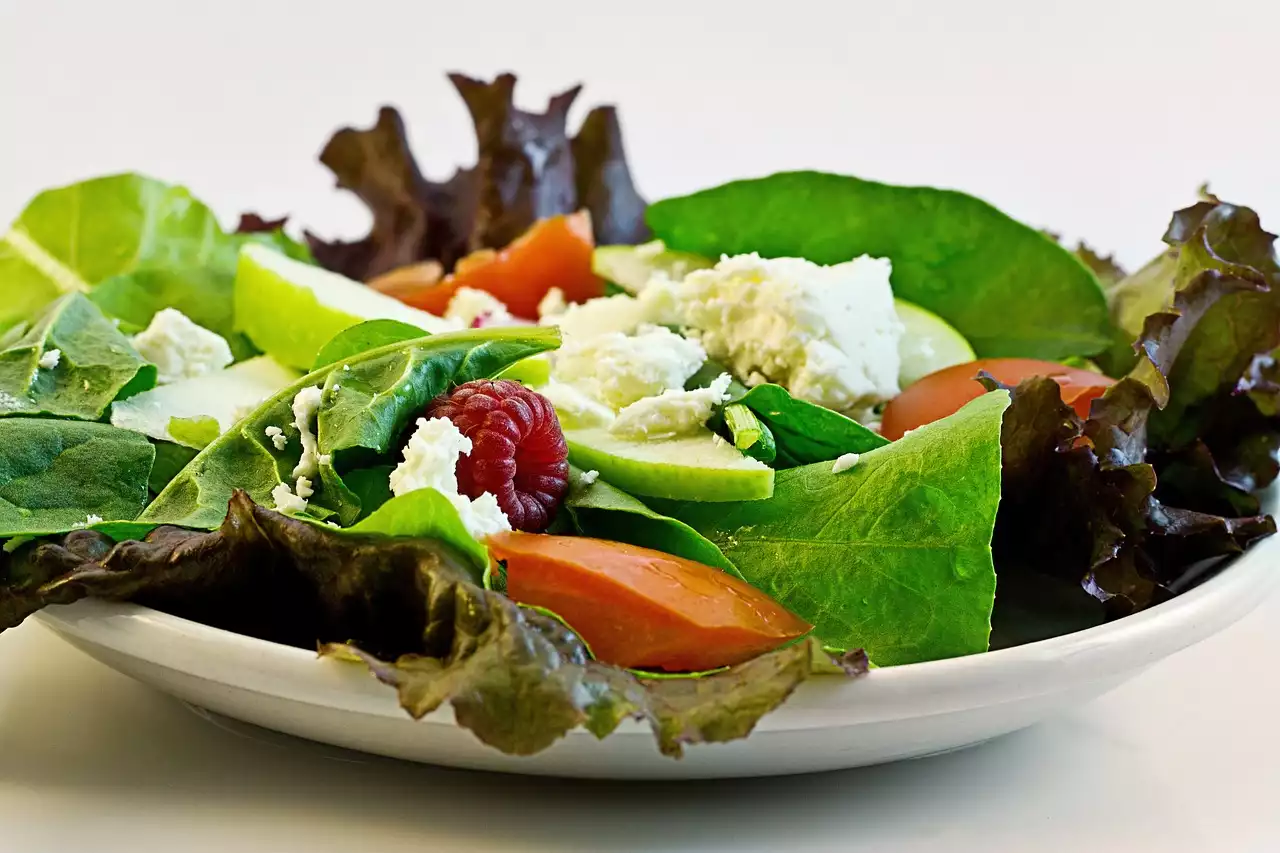The Importance of Portion Control and Mindful Eating
Portion control and mindful eating are essential for maintaining a healthy diet. Mindful eating is all about being present in the moment while eating, taking time to enjoy each bite, and paying attention to the body's hunger and fullness cues. Portion control, on the other hand, is about consuming the right amount of food for your body's needs. Eating too much can lead to weight gain, while not eating enough can lead to malnutrition and other health problems.
By practicing mindful eating and portion control, you can learn to appreciate the taste and texture of your food, rather than just mindlessly consuming it. You can also learn to recognize when you're full and when you've had enough to eat. This can ultimately help you make healthier food choices and avoid overeating.
The Benefits of Portion Control and Mindful Eating
Portion control and mindful eating offer several benefits that extend beyond just weight management. For starters, they can help improve digestion by allowing the body to properly break down and absorb nutrients. They can also lead to better food choices, as you'll become more aware of what you're putting into your body.
In addition, mindful eating and portion control can help reduce stress and anxiety around food. By taking the time to enjoy your meals and focus on the flavors and textures, you may find that you feel more relaxed and less prone to stress-induced eating.
Common Mistakes That People Make When It Comes to Portion Control and Mindful Eating
One of the most common mistakes people make is not paying attention to their hunger and fullness cues. It's easy to get caught up in the moment and keep eating even when you're full. Another mistake is using larger plates, which can lead to overeating. When you use a smaller plate, you're more likely to eat less because the plate appears fuller.
Another mistake is not taking the time to savor your food. Many people eat quickly, not taking the time to appreciate the taste and texture of their food. This can lead to overeating because you're not fully satisfied with your meal.
Tips for Practicing Portion Control and Mindful Eating at Home
There are several ways to practice portion control and mindful eating at home. One of the most effective ways is to use smaller plates and bowls. This can help you eat less without feeling deprived. Another tip is to measure your food portions using measuring cups, spoons, or a food scale. This can help you get a better idea of how much food you're consuming.
Another tip is to eat slowly and savor each bite. Take the time to appreciate the flavors and textures of your food. Also, try to eat without distractions, such as the TV or phone. This can help you focus on your meal and avoid mindless eating.
Tips for Practicing Portion Control and Mindful Eating While Eating Out
Eating out can be challenging when it comes to practicing portion control and mindful eating. However, there are several tips you can try. For starters, you can ask for a to-go box and immediately pack half of your meal before you start eating. This can help you avoid overeating and have leftovers for the next day.
Another tip is to share a meal with a friend or partner. This can help you split the portion size and save money. You can also look for restaurants that offer smaller portion sizes or healthier options.
Mindful Eating Exercises and Techniques
There are several mindful eating exercises and techniques that you can try. One of the most popular is the raisin exercise. This involves taking a raisin and examining it closely, paying attention to its texture, color, and smell. Then, slowly chew the raisin and focus on the taste and sensations in your mouth.
Another technique is the hunger scale. This involves rating your hunger on a scale from 1 to 10, with 1 being extremely hungry and 10 being overly full. By checking in with your hunger level throughout the day, you can learn to recognize when you're truly hungry and when you're eating out of boredom or emotion.
Mindful Eating Exercise
Portion Control Tools and Resources
There are several portion control tools and resources available to help you eat mindfully. One of the most popular is the portion control plate, which features sections for protein, carbohydrates, and vegetables. This can help you visualize the appropriate portion sizes and make healthier food choices.
Another tool is the food scale, which can help you accurately measure your food portions. You can also find portion control containers, which are pre-portioned containers that can help you pack healthy meals and snacks on the go.
Portion Control and Mindful Eating Recipes
There are several recipes that are perfect for portion control and mindful eating. For example, you can try making Buddha bowls, which feature a variety of healthy ingredients in one bowl. You can also make vegetable-packed stir-fries or grilled chicken with roasted vegetables.
Another option is to make your own healthy snacks, such as homemade granola bars or roasted chickpeas. By preparing your own meals and snacks, you can have better control over the portion sizes and ingredients.






.png?size=50)



